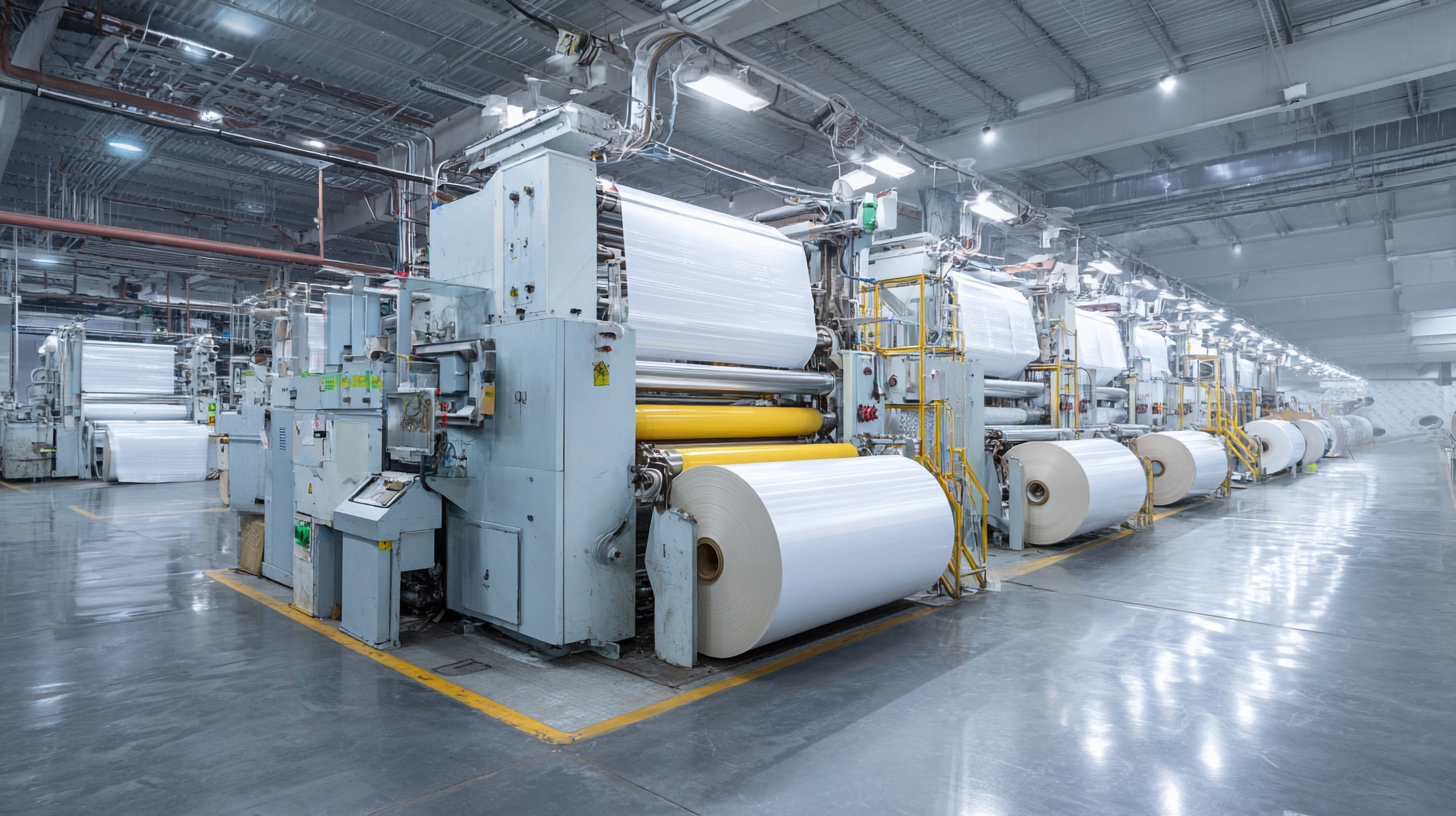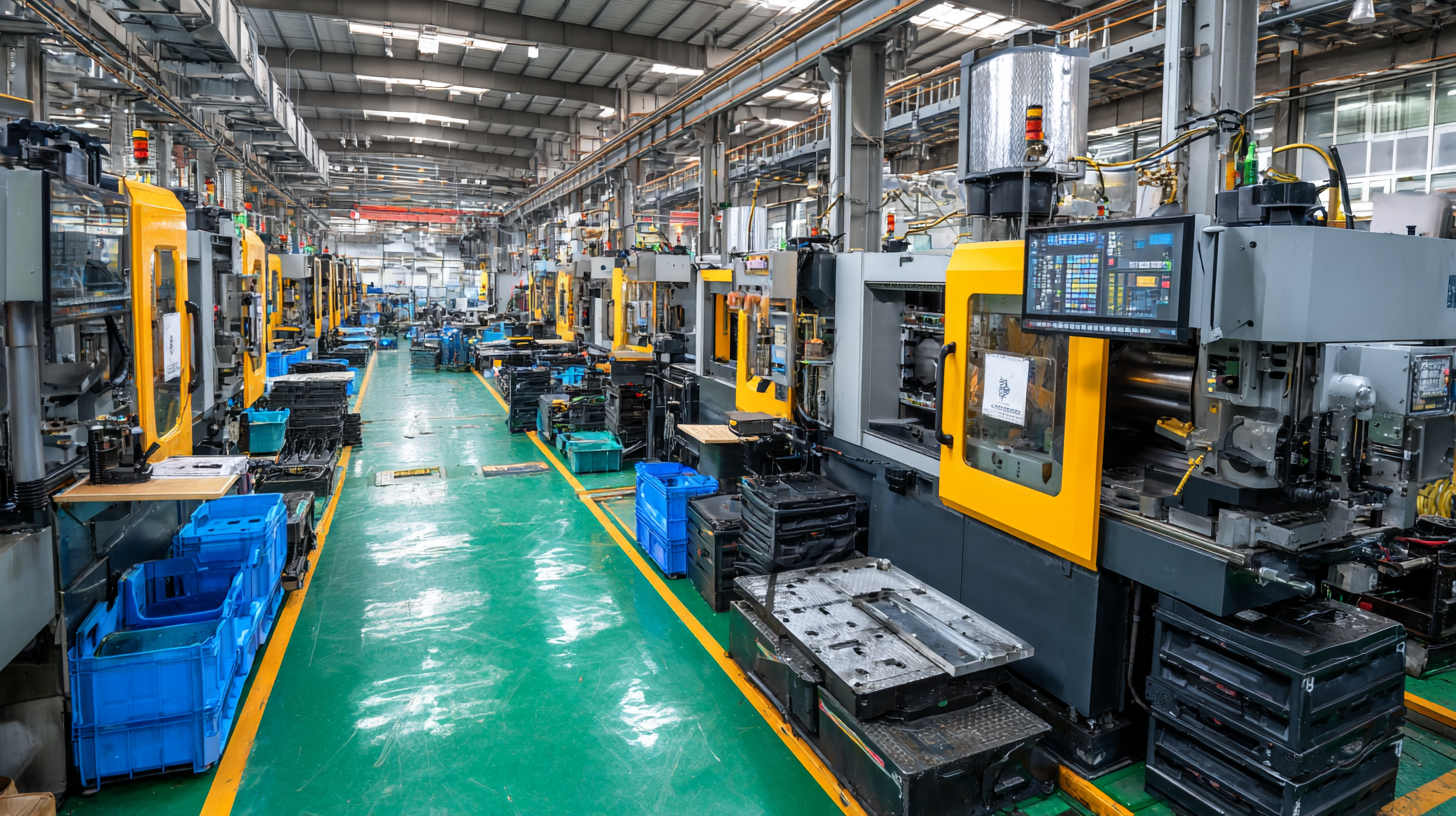Thermoplastic molding has emerged as a pivotal technology in modern manufacturing, revolutionizing how industries approach production processes. With the global thermoplastics market projected to reach USD 300 billion by 2027, driven by their versatility and efficiency, companies are increasingly adopting this method to enhance productivity and reduce waste. According to a report by Grand View Research, the demand for thermoplastics is expected to grow at a compound annual growth rate (CAGR) of 5.9% from 2020 to 2027. This growth can be attributed to their ability to be reprocessed and recycled, minimizing environmental impact while offering superior performance in various applications, from automotive parts to consumer goods. As manufacturers seek innovative solutions to streamline operations and optimize costs, thermoplastic molding stands out as a game-changer that aligns with the contemporary push for sustainability and efficiency in the manufacturing sector.

 Thermoplastic molding has emerged as a pivotal advancement in modern manufacturing, revolutionizing the production landscape with its innovative properties. This method allows manufacturers to create components with remarkable strength and durability while maintaining significant design flexibility. The rise of thermoplastic molding can be attributed to its ability to offer efficient production cycles, reduced waste, and the potential for recycling, aligning with the industry's growing emphasis on sustainability.
Thermoplastic molding has emerged as a pivotal advancement in modern manufacturing, revolutionizing the production landscape with its innovative properties. This method allows manufacturers to create components with remarkable strength and durability while maintaining significant design flexibility. The rise of thermoplastic molding can be attributed to its ability to offer efficient production cycles, reduced waste, and the potential for recycling, aligning with the industry's growing emphasis on sustainability.
Moreover, the versatility of thermoplastic materials enables their application across various sectors, including automotive, aerospace, and consumer products. With the integration of advanced composites like carbon, glass, and aramid fibers, the performance attributes of thermoplastics are greatly enhanced, leading to lightweight yet robust solutions. As manufacturers continue to explore and implement these innovative processes, thermoplastic molding stands out as a transformative game-changer, setting new standards in efficiency and performance.
Thermoplastic molding is revolutionizing the manufacturing sector by offering significant advantages over traditional methods such as thermosetting plastics and metal fabrication. One of the most notable benefits is the efficiency in production. According to a recent report by MarketsandMarkets, the global thermoplastic elastomer market is projected to reach USD 22.2 billion by 2025, driven largely by the demand for quicker production cycles and reduced material waste. This method allows for rapid retooling and shorter lead times, enabling manufacturers to respond promptly to market changes.
Another key advantage of thermoplastic molding is its versatility and recyclability. Materials like Polypropylene (PP) and Polyethylene (PE) can be molded into intricate shapes and designs, making them suitable for various applications, from automotive components to consumer goods. A study from the American Chemicals Council indicates that over 90% of thermoplastics can be recycled, which contrasts significantly with traditional methods that often lead to substantial material wastage. This circular approach not only promotes sustainability but also positions thermoplastic molding as a more environmentally friendly choice, aligning with the industry's move toward greener manufacturing practices.
| Advantage | Thermoplastic Molding | Traditional Methods |
|---|---|---|
| Production Speed | High | Moderate |
| Material Efficiency | Excellent | Good |
| Recyclability | High | Limited |
| Design Flexibility | Highly Flexible | Less Flexible |
| Cost Efficiency | Lower Long-Term Costs | Higher Maintenance Costs |
| Post-Processing | Minimal Required | Often Necessary |
Thermoplastic molding is rapidly becoming a cornerstone in modern manufacturing, particularly due to its versatility and adaptability across various industries. One notable application is in the medical sector, where the demand for miniaturized medical devices drives the thermoplastic micro molding market. The production of compact and high-precision components is crucial for the development of advanced medical technologies, making thermoplastic molding an essential process for manufacturers looking to meet stringent quality standards.
Additionally, the injection molding market showcases a significant growth trajectory, with projections indicating a rise from USD 365.22 billion in 2024 to USD 580.44 billion by 2033. This expanding market reflects an increasing reliance on thermoplastic materials in diverse applications, including automotive, consumer goods, and electronics. The development of innovative technologies, such as bi-metal composite materials for injection molding tooling and more cost-effective fabrication processes, further enhances the advantages of thermoplastic molding, positioning it as a game-changer for industries aiming to innovate and optimize production efficiency.
Thermoplastic molding is rapidly gaining recognition for its eco-friendly advantages in contemporary manufacturing. One of the key benefits lies in its recyclability; thermoplastics can be reformed, reshaped, and reused without degrading their material properties. This characteristic not only minimizes waste but also significantly reduces the consumption of new raw materials, aligning with the principles of sustainable manufacturing. As industries strive for greener practices, this capability positions thermoplastic molding as a leading choice for environmentally conscious production.

In addition to recyclability, thermoplastic molding supports energy-efficient manufacturing processes. The heating and cooling cycles can be optimized, leading to lower energy consumption compared to traditional molding methods. This efficiency not only decreases operational costs but also reduces the overall carbon footprint of the manufacturing process. As businesses seek to adhere to stricter environmental regulations and consumer demand for sustainable products, the eco-friendly edge of thermoplastic molding emerges as a transformative element in manufacturing practices.
Recent advancements in thermoplastic molding technology are revolutionizing modern manufacturing, particularly in markets that prioritize sustainability and efficiency. The global plastic injection molding market is projected to grow from USD 59.38 billion in 2024 to an impressive USD 90.45 billion by 2033. This growth is driven by innovations in material science, including high-performance materials like long fiber thermoplastics (LFT), which are expected to reach a market value of USD 5.7 billion by 2030. These materials offer enhanced strength-to-weight ratios and improved impact resistance, making them ideal for applications ranging from automotive to defense.
In addition, the rising demand for miniaturized medical devices is fueling growth in the thermoplastic micro molding market. This niche sector is seeing increased demand for compact, high-precision components that meet stringent regulatory standards. Recent developments in polymer processing techniques, such as advanced molding and 3D printing applications, allow manufacturers to optimize production processes and reduce costs while maintaining product quality.
Tips: When considering thermoplastic options, focus on sustainability by exploring bio-based and recyclable materials. Additionally, stay updated on technological advancements, as they can provide significant competitive advantages in production efficiency and product quality. Engaging in ongoing research can lead to new insights into material properties that enhance product performance.






